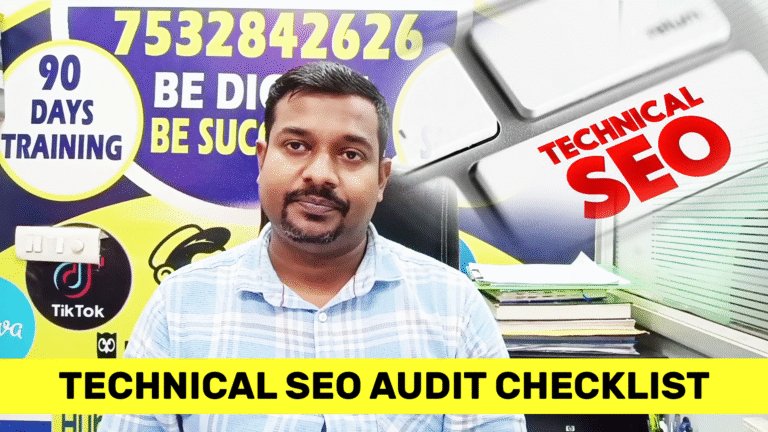Importance of Search Engine Optimization
Search Engine Optimization (SEO), is a useful and necessary digital marketing tool. SEO is the practice of increasing (boosting) the quantity and quality of traffic to your website through organic search engine results. A higher ranking when someone searches a term in your industry increases your brand’s visibility online. Search engine optimization is important for the success of any online business. It has two main goals. The first is to help you understand what users are searching for online so that you can create high-quality content to satisfy their intent. The second is to help you create a website that search engines can find, index, and understand its content.
Google displays those links in its search results that it considers to have good content and have more authority than others.
The main job of SEO is to increase the visibility of any brand in organic search results. With this, that brand easily gets a good exposure, along with its articles are ranked higher in the SERPs. Due to which more visitors come towards them, which increases the chances of getting more conversions.
How does the search engine know which page to rank?
Search engines have only one purpose, their aim is to give the users the best answer to their question.
Whenever you use them, their algorithms select the same pages which are more relevant to your question and then they rank it, later they are displayed in the top pages.
Whenever you use them, their algorithms select the same pages which are more relevant to your question and then they rank it, later they are displayed in the top pages.
What are the types of SEO?
Search engine optimization is the process of improving your website to increase your rankings on Google for key terms related to your business. SEO is one of the most effective digital marketing tactics you can invest your time into, and there are a variety of ways you can take advantage of the practice.
1: White-Hat SEO
When you hear someone say white-hat SEO, that means the SEO practices that are in line with the terms and conditions of the major search engines, including Google. White-hat SEO improves your search engine ranking.
2. Black-Hat SEO
Black-hat SEO exploits weaknesses in Google’s search algorithm to rank higher in its search results. keyword stuffing, Paid link-building strategies, cloaking, etc., are used to get ahead in the search engine results. These give instant results, but they can impact your website negatively if detected by Google.
3. Gray-Hat SEO
It’s an SEO practice that’s riskier than white-hat SEO. That’s because the gray-hat SEO practices belong neither to the white-hat nor black-hat category as the terms and conditions regarding the issue are unclear.
4. On-Page SEO
On-page SEO (search engine optimization) refers to the process of optimizing pages on your website to improve rankings and user experience.
Elements of on-page SEO include:
• Title tags
• Internal links
• HTML code
• URL optimization
• On-page content
• Images
• User experience (UX)
Elements of on-page SEO include:
• Title tags
• Internal links
• HTML code
• URL optimization
• On-page content
• Images
• User experience (UX)
5. Off-Page SEO
Off-page SEO is one of the main parts of a successful SEO strategy. “Off-Page SEO” refers to all of the activities that you and others do away from your website to raise the ranking of a page with search engines.
Off-page SEO simply tells Google what others think about your site. For example, if you’ve got a lot of valuable links pointing to your pages, search engines will assume that you’ve got great content that provides value for users.







